Many of Pennsylvania’s communities face the challenging task of adapting to a vastly different economic climate than the one that led to their historic growth and development. This new economic reality of dramatically reduced population, deindustrialization and loss of tax base has resulted in historic downtowns and residential neighborhoods pockmarked by disinvestment and vacant properties. Abandoned, demolished or marginally repurposed historic churches, schools and factories are especially vivid reminders of changing times and the large social and economic forces at work. Continue reading
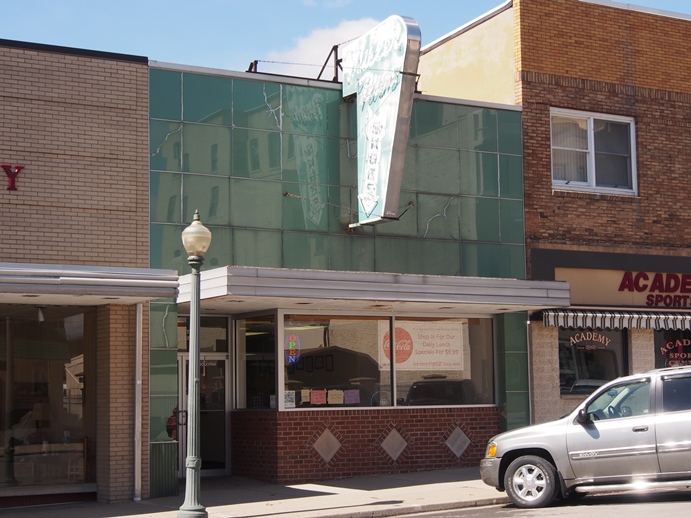

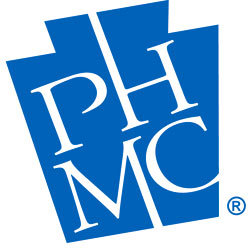
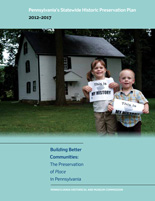
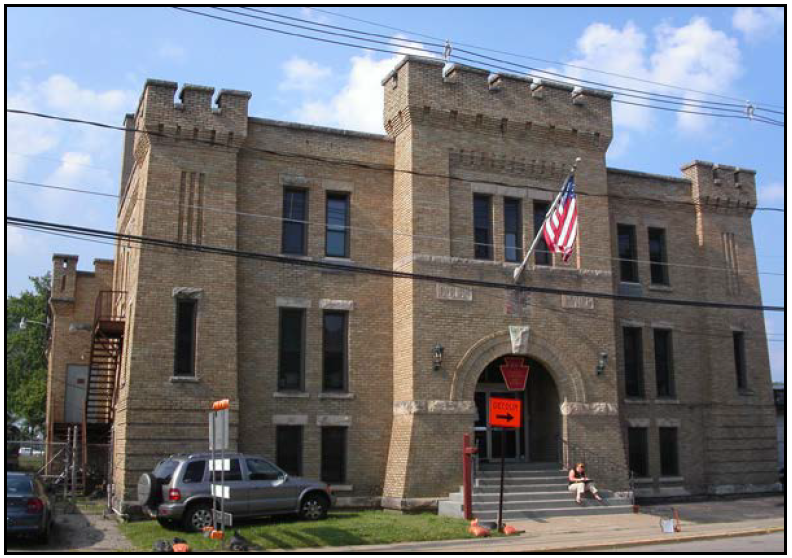
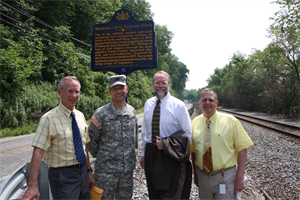
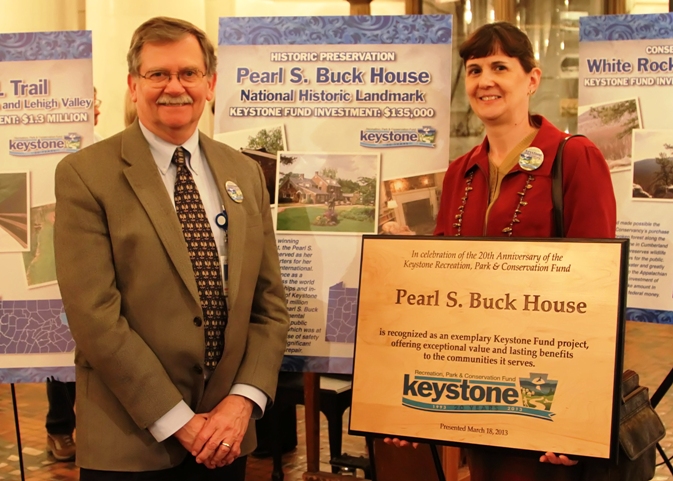


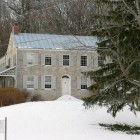
Recent Comments